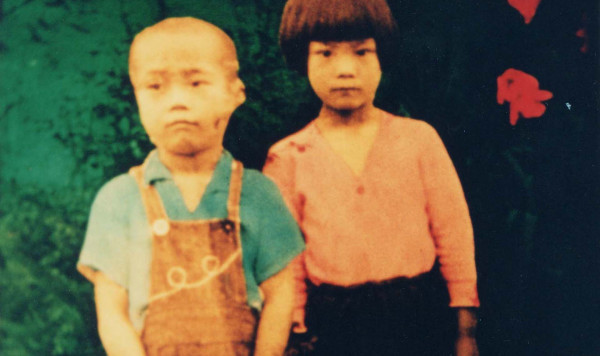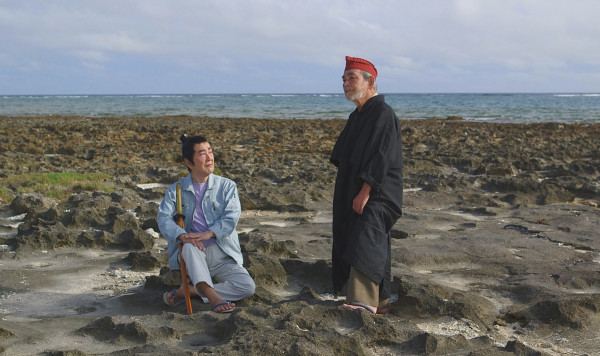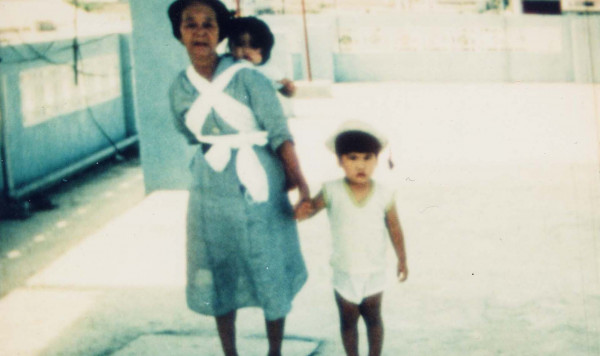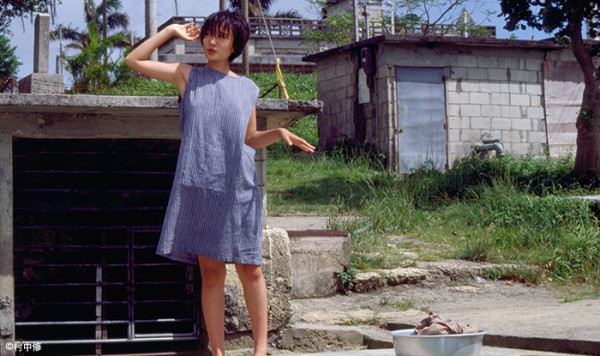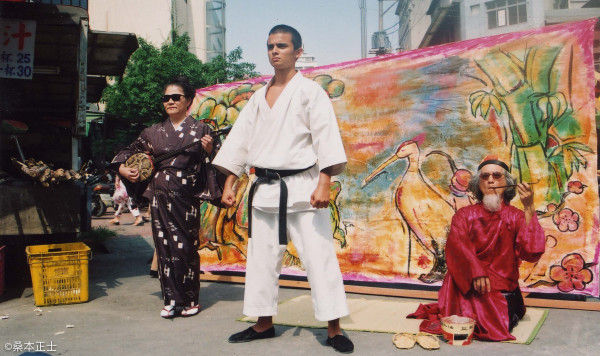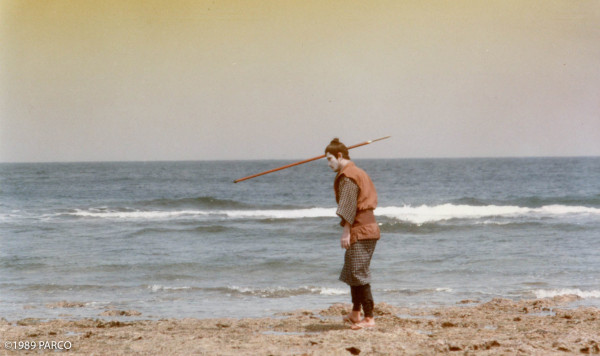1948年出生於沖繩石垣島的高嶺剛,高中之前居住在那霸。1969年美國仍佔領沖繩時,他獲得獎學金交換至京都教育大學學習美術,當時他即開始拍攝8mm電影;1972年,美國放棄沖繩的治理權,並將主權移交給日本。
高嶺剛總在影片中帶入沖繩命運,正如《變魚路》(2016)的開場,他運用了著名的沖繩民謠〈時代的推移〉(時代の流れ,1998)。歌詞提到沖繩經歷了中國、日本、美國、又回到日本的支配:「這個沖繩,它誰的東西都不是。這個沖繩或許會找到自己的位置?⋯⋯貨幣變了,可以走路到的那霸再也走不到了,老人與小孩獨有的服飾不再,所有人都穿的一樣,好像所有人都是同樣年齡,女人的髮型也變了⋯⋯。」
1972年的「沖繩返還」一直是他電影創作的恆久母題。他也受到前衛電影導演約拿斯・梅卡斯的影響,解放了對電影的看法。像是在《沖繩夢囈》(1974),他騎著摩托車周遊沖繩列島,記錄下故鄉在賦歸祖國前後的日常風景,其後的電影作品,充滿天馬行空的想像力,美學獨樹一格。他使用大量的沖繩方言、民謠音樂與民間傳說為創作元素,文本故事總是互相呼應,但時代背景仍凝止在沖繩獨立與回歸的抉擇之間。
此外,來自沖繩的同一批演員,橫跨數十年,在他的電影中不斷出現。雖然在每片中擔綱角色皆不同,不斷成長與衰老的他們,卻彷彿永恆地活在那個決定沖繩命運的關鍵年代。活著本身,其實便是對沖繩的歷史創傷、心理狀態與文化影響的傾吐和實證。
本次精選六部高嶺剛的重要創作。整體來看,他所有的電影作品其實更像是一部「永不完結」的系列電影,永遠持續不斷、奮力地追尋那已逝、卻仍如幻似真的原鄉。
特別感謝:濱治佳、許芳慈
感謝 日本台灣交流協會 與 Japan Fundation 國際交流基金 支持本單元之策劃執行
![]()
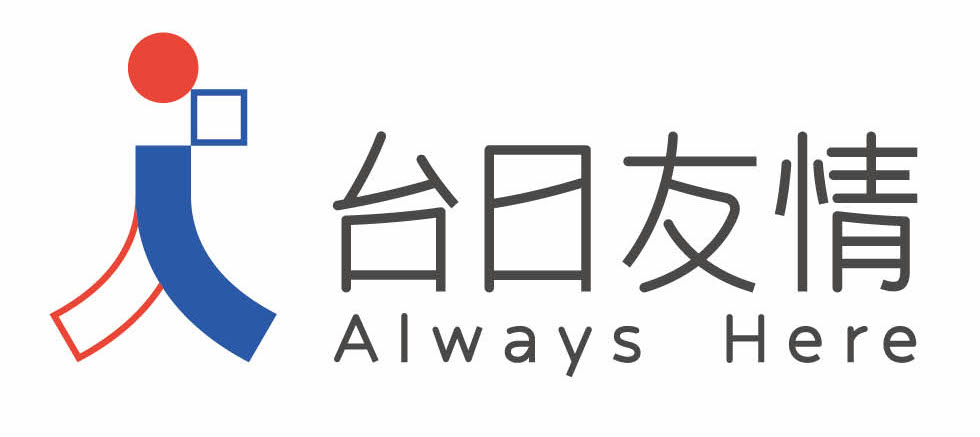
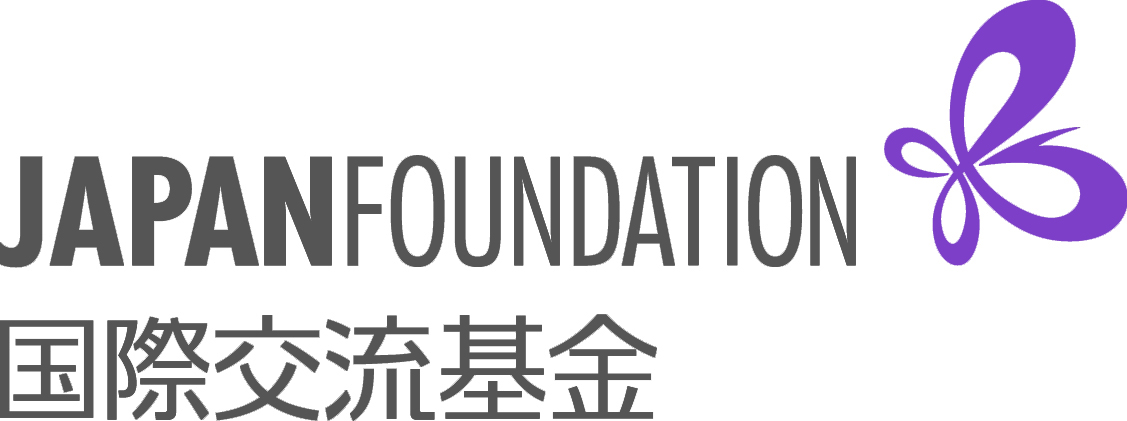
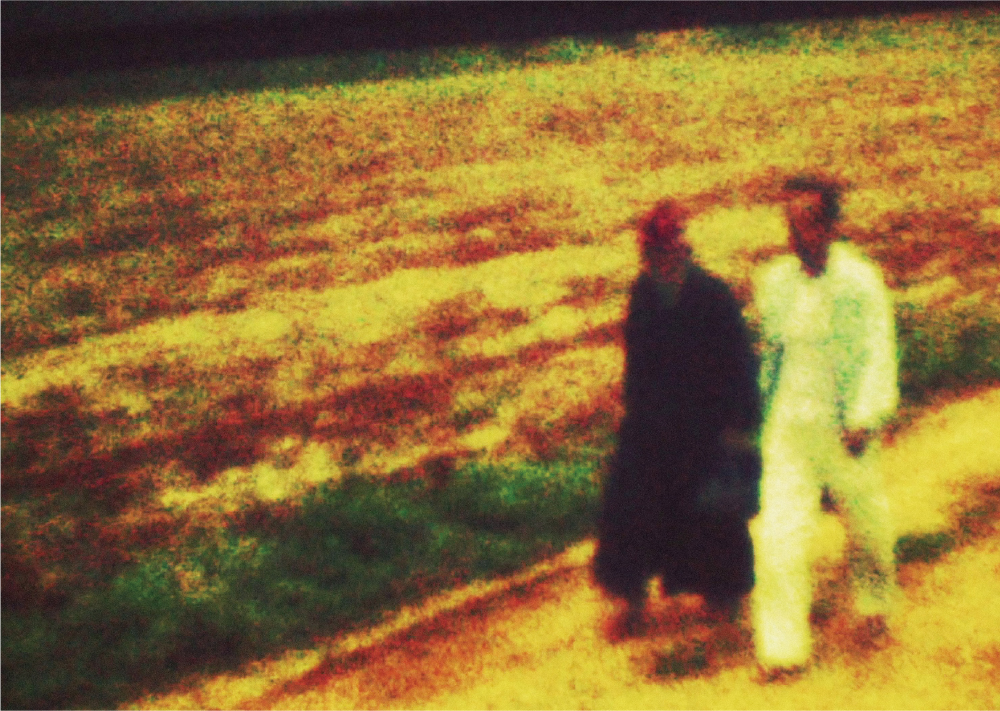
Retrospective of Filmmaker: TAKAMINE Go
TAKAMINE Go was born in 1948 in Kabira Village on Ishigaki Island, Okinawa, and grew up in Naha until he finished high school. In 1969, when Okinawa was still officially under U.S. military control, he went to study art on a national scholarship for exchange students at the Kyoto University of Education, where he began to make 8mm movies. Three years later in 1972, the U.S. government handed over Okinawa to Japanese administration.
The question of Okinawa's fate is always encapsulated in TAKAMINE Go's films. In the opening scene of Hengyoro (2016), for example, he uses the lyrics of a renowned folk song 'The Passage of Time' (1998) to convey Okinawa’s complex history with China, Japan, the United States, and then Japan once again: 'This Okinawa belongs to nobody. This Okinawa, will it find its place one day? ...The official currency has changed. We can no longer walk to Naha. The distinct outfits for the elders and the children are lost. Everyone wears the same clothes, as if they are of the same age. Even the women’s hairstyles have changed ... '
The reversion of Okinawa to Japan in 1972 remains the eternal theme of TAKAMINE's films. His style of filmmaking is inspired by the avant-garde icon Jonas MEKAS, who liberated TAKAMINE from conventional ideas of how and what a film should be. In Okinawan Dream Show (1974), one of TAKAMINE's earliest films, he travelled around Okinawa on a motorcycle with his 8mm camera to capture the everyday landscape of his homeland, before and after the Reversion. Since then, TAKAMINE has created a series of wildly imaginative films with a unique aesthetics and a mélange of local elements, such as the Okinawan language, music, and folklore. The stories of his films are nostalgic and interconnected, always set in a time when Okinawa was teetering on the brink of a decision: to claim independence, or to reunite with Japan.
For decades, TAKAMINE works with the same group of Okinawan actors, who have grown up and aged in his films. The actors might have played different roles, but they seem to exist perpetually in the crucial years of Okinawa's fate. Their act of ‘living’ thus becomes a testimony to the historical traumas and cultural influences that impact on the Okinawan people’s collective state of mind.
This retrospective selects six important films from TAKAMINE Go's oeuvre. Viewed in their entirety, his films almost seem to form a continuous series, relentlessly pursuing a lost homeland and an Okinawan identity that might only be found in his fantastical cinematic world.
*Special thanks to HAMA Haruka and HSU Fang-tze for their kind assistance.
*With generous support from Japan-Taiwan Exchange Association and Japan Foundation
![]()



